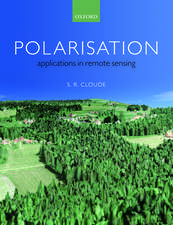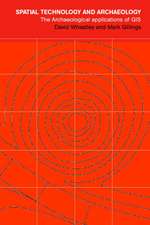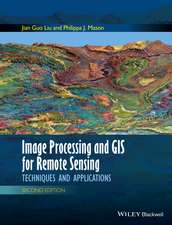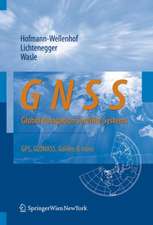Spatial Conservation Prioritization: Quantitative Methods and Computational Tools
Editat de Atte Moilanen, Kerrie A. Wilson, Hugh Possinghamen Limba Engleză Hardback – 28 mai 2009
| Toate formatele și edițiile | Preț | Express |
|---|---|---|
| Paperback (1) | 441.47 lei 31-37 zile | |
| Oxford University Press – 28 mai 2009 | 441.47 lei 31-37 zile | |
| Hardback (1) | 882.49 lei 31-37 zile | |
| OUP OXFORD – 28 mai 2009 | 882.49 lei 31-37 zile |
Preț: 882.49 lei
Preț vechi: 1267.42 lei
-30% Nou
Puncte Express: 1324
Preț estimativ în valută:
168.86€ • 184.00$ • 142.29£
168.86€ • 184.00$ • 142.29£
Carte tipărită la comandă
Livrare economică 12-18 aprilie
Preluare comenzi: 021 569.72.76
Specificații
ISBN-13: 9780199547760
ISBN-10: 0199547769
Pagini: 328
Ilustrații: 75 line and 15 halftone illustrations
Dimensiuni: 197 x 254 x 21 mm
Greutate: 0.88 kg
Ediția:New.
Editura: OUP OXFORD
Colecția OUP Oxford
Locul publicării:Oxford, United Kingdom
ISBN-10: 0199547769
Pagini: 328
Ilustrații: 75 line and 15 halftone illustrations
Dimensiuni: 197 x 254 x 21 mm
Greutate: 0.88 kg
Ediția:New.
Editura: OUP OXFORD
Colecția OUP Oxford
Locul publicării:Oxford, United Kingdom
Recenzii
This is a great book for scientists and advanced graduate students. All of the authors of this volume must be praised for their excellent contribution to move conservation onto firmer scientific ground.
Notă biografică
Atte Moilanen has a background in computer science (MSc 1992), applied mathematics (Licentiate of Technology, Helsinki University of Technology 1998), and spatial ecology (PhD, University Helsinki 1999). Presently (2003-2008) he is a research fellow of the Academy of Finland and vice-director of the Finnish Centre of Excellence in Metapopulation Biology, a leading research group in the study spatial ecology. Atte is also an Associate with the CERF/AEDA Commonwealth funded research hub in applied environmental decision making. Atte is author of more than 40 original publications around the topics of spatial ecology, optimization, and methods for conservation prioritisation. He also is author of multiple pieces of software, including the Zonation package for large-scale conservation prioritisation. Moilanen's present research interests focus on the development of methods, theory and efficient software for application in the field of conservation science.Kerrie Wilson has a background in Environmental Science (BSc, The University of Queensland, BSc, 1999), conservation ecology (PhD, University of Melbourne, 2003), and conservation prioritisation (Post-doc, University of Queensland, 2007). Kerrie was previously the Director of Conservation for the Australia program prior to taking up a senior lectureship at The University of Queensland after being awarded an Australian Research Council fellowship. Kerrie is author of approximately 35 original publications on the topics of spatial conservation prioritisation, threat analysis, and species distribution modelling, including a seminal review on incorporating threats into conservation planning. Her current research interests include the development of frameworks for conservation spending that accounts for threats, costs, ecosystem services, and biodiversity values.Hugh Possingham majored in applied mathematics and biochemistry at The University of Adelaide, followed by a doctorate in biomathematics at Oxford University in 1987. Postdoctoral research periods followed at Stanford University and ANU (as a QEII Fellow). In 1991 he took a Lectureship in Applied Mathematics at the University of Adelaide and was appointed Foundation Chair and Professor of the Department of Environmental Science in 1995. In 2000 Hugh escaped southern Australia to direct The Ecology Centre at The University of Queensland, Brisbane. Hugh is an Australian Research Council Federation Fellow (2006-2010) and a Director of a Commonwealth Environment Research Facility. He has coauthored over 200 publications, 154 in peer-reviewed papers covered by the web of science. His lab includes nine postdoctoral fellows and fourteen PhD students working on empirical and theoretical aspects of biodiversity conservation. In 2005 he was elected to the Australian Academy of Science.







